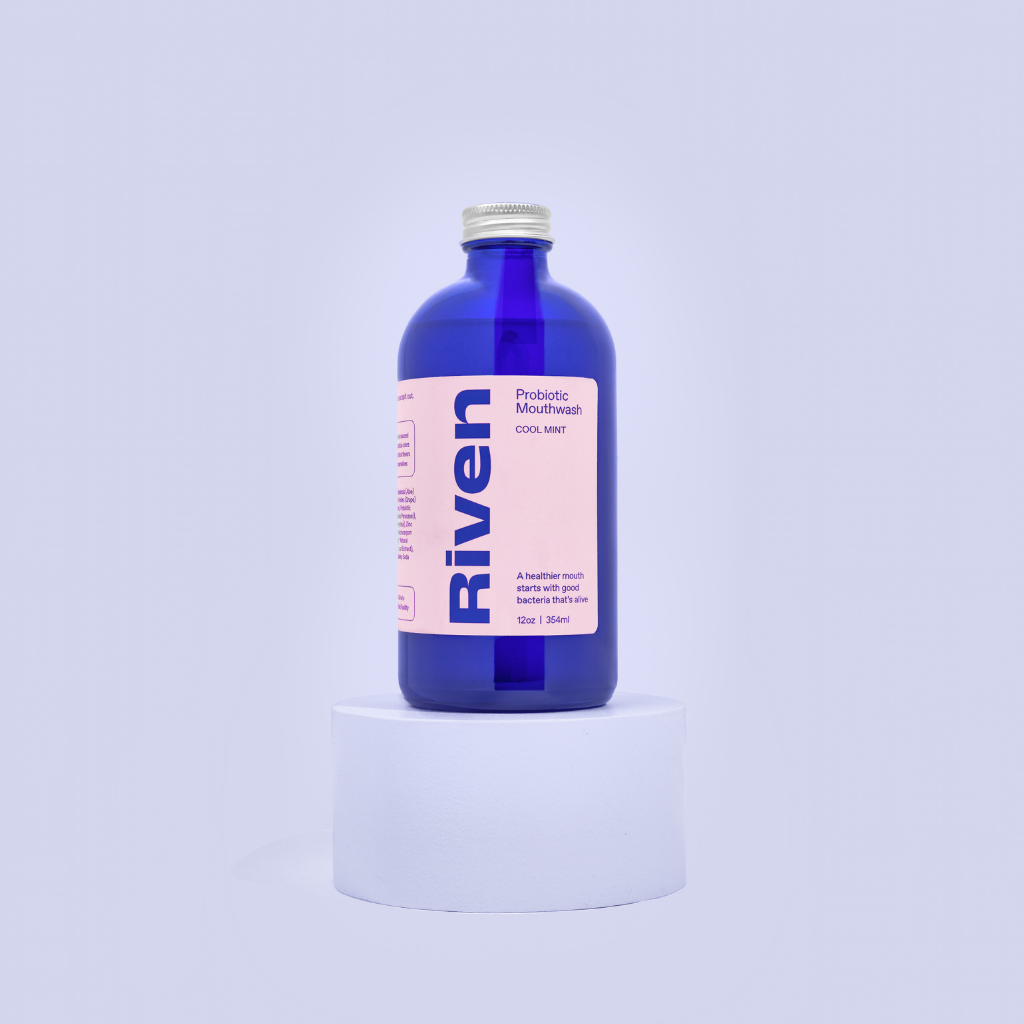In today's image-conscious age, a bright, confident smile has never been more vital. As a result, the demand for teeth whitening solutions has skyrocketed, leaving you pondering what genuinely works, what doesn't, and, most importantly, what's safe.

1. The Gold Standard: Carbamide Peroxide & Hydrogen Peroxide
In the realm of teeth whitening, two standout ingredients reign supreme - carbamide peroxide and hydrogen peroxide. These dynamic compounds don't merely target surface stains; they trigger a chemical reaction capable of altering your tooth's intrinsic color. Carbamide peroxide, a compound derived from hydrogen peroxide and urea, offers a milder approach, but using these for DIY whitening requires precision to avoid potential tooth sensitivity or gum irritation.
2. The Quick Solution: Whitening Strips
For those seeking rapid results, over-the-counter teeth whitening strips are the go-to choice. Notably, Crest whitening strips with peroxide have earned dentist recommendations. With options ranging from 6.5% hydrogen peroxide in Crest White Strip Professional to 14% in Crest White Strips Supreme, they promise quick outcomes. However, it's crucial to use these strips correctly to prevent sensitivity or uneven whitening. Some strips containing chlorine dioxide have raised concerns about enamel damage; always opt for products free of this compound. If you seek natural, peroxide-free strips, anticipate more subtle results.
3. Tailored Care: Whitening Trays
Customized whitening trays, crafted by dental professionals to fit your mouth perfectly, ensure comprehensive coverage with minimal tissue damage. Brands like Opalescence offer trays with various hydrogen peroxide levels, including 10% and 15% hydrogen peroxide and 35% carbamide peroxide. Opt for the safer range of 10% hydrogen peroxide or less for at-home treatments to reduce sensitivity. Keep in mind that tailored trays require a dental visit for customization.
4. Professional Excellence: In-Office Whitening
For fast and efficient results, in-office whitening is an excellent choice. Dental professionals apply carbamide or hydrogen peroxide gels (concentration typically ranging from 20-43%) to your teeth. Under the expert guidance of dental practitioners, this method involves high-concentration peroxide gels, activated with a polymerization light and applied multiple times for optimal results. However, this method is on the pricier side and necessitates a dental visit.
A Cautionary Note: Teeth whitening isn't suitable for everyone, particularly if you're under 16, pregnant, allergic to peroxide, dealing with gum issues, or have dental sensitivities. It's crucial to consult with a dental professional before embarking on any teeth whitening journey to ensure safety and effectiveness.





